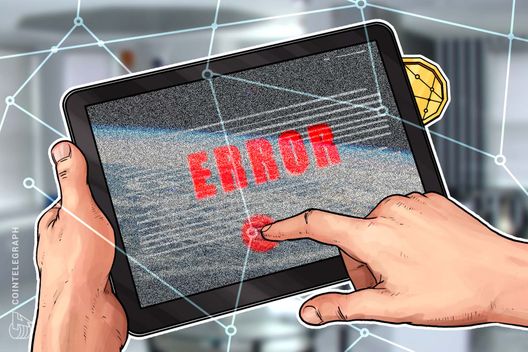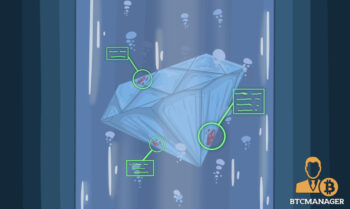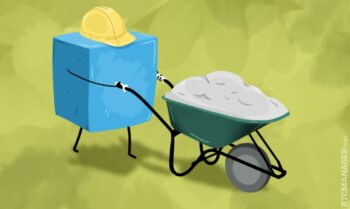2018-12-13 06:14 |
Blockchain Used By IBM Research And Hello Tractor To Promote Agriculture Industry In Africa
Blockchain technology is arguably one of the best benefits to come out of the development of cryptocurrency. The immutable and transparent ledger has been applied to multiple use cases where logging tracking details are necessary, like the food industry and supply chain processes. According to a December 11th blog post from IBM, their research division will also be employing the use of blockchain, in collaboration with Hello Tractor.
Hello Tractor is an agriculture tech firm in the United States, but the work that they will be doing with blockchain technology and IBM research is much further than their nation’s borders. Instead, the two entered a partnership in an effort to help the agriculture industry in Africa. IBM Research already has a division in Kenya, and they are working with the developers at Hello Tractor to use blockchain technology (among others) to help farmers to get tractor services quickly.
The Hello Tractor tool platform for these farmers will include both blockchain and the Internet of Things (IoT). The new platform will also include services from IBM Cloud and Watson Decision Platform for Agriculture. The latter was formed with artificial intelligence as an agribusiness tool.
This combined platform basically represents an “agriculture digital wallet” with all of the different technologies. It will remain transparent, and each party involved on the platform will instantly share data involved with their specific agribusiness value chain. Essentially, every component of the agriculture industry stands to benefit, including farmers, tractor fleet owners, tractor dealers, local financial institutions, and even the local government.
In the press release from IBM, the company expressed their hopes to improve Africa’s industry with blockchain, saying,
“Our vision is to leverage AI, blockchain and the IoT to digitize, optimize and streamline agricultural business processes, creating efficiencies and new services from farm to fork around the world. More specifically, the blockchain will provide a tamper-proof definition of demand-side and supply-side workflows from tractor request to fulfillment, payment for services, and distribution of proceeds, authorized access to services and documents within the workflow, logging of all workflow-related approvals including booking, invoicing, etc.”
Hopefully, once the entire cloud-based and blockchain-based platform is created, it will help with many of the issues that concern the agriculture business in Africa. Some of those concerns include predictions in crop yields by farmers, fleet utilization management, and predictive maintenance. It will also include services from banks to create a credit portfolio, while integrating the processes for investment and regulation that the government imparts.
Based on details from IBM, tractors and other important machinery manage less than 20% of sub-Saharan Africa’s crops. This is an unacceptable low, considering how fast the need is increasing for food with the growing population. In fact, research shows that there’s a growth of 11 million each year, and about half of farmers have to dealt with the loss of their harvests yearly as a result of the needs in planting their crops in the first place.
Other entities have been looking to support the agriculture industry to do away with some of these problems, or at least lessen their impact. Overstock.com uses their blockchain venture wing to purchase a $2.5 million stake in GrainChain, an agricultural blockchain project that uses the supply chain to track harvest distribution. Ethiopia has expressed their desire to use blockchain in their agriculture industry as well, partnering with Cardano to apply it to local Agritech efforts.
As for IBM, the next step for their partnership with Hello Tractor is to integrate image recognition, helping to discern the quality of the crops before harvesting. New services from the collaboration will start being tested in a pilot stage before the middle of 2019.
origin »High Performance Blockchain (HPB) на Currencies.ru
|
|




















